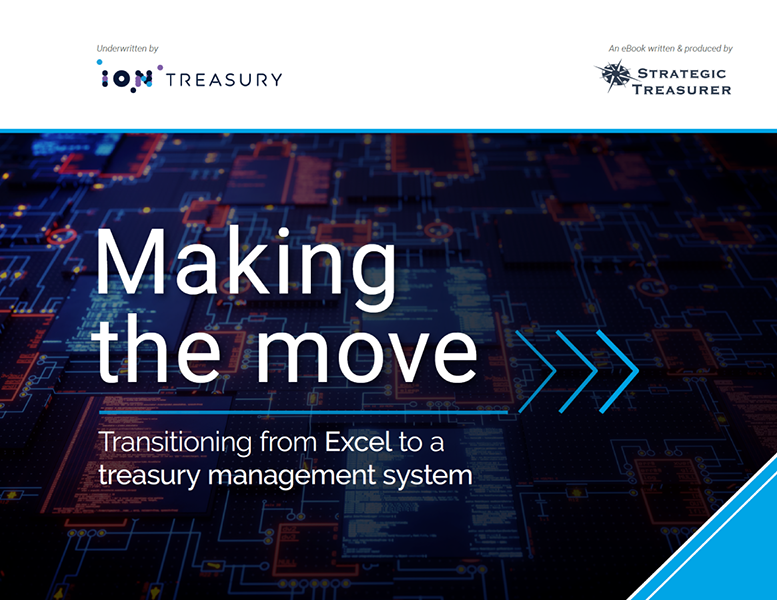From Accountant to Treasurer: Where does treasury begin?
By definition, treasury involves the management of money and financial risk, helping to ensure that the right amount of money is in the right place and at the right time. Failing to manage any one of these elements inevitably leads to increased expense from unexpected overdrafts, loss of investment income, or late payment fees for the individual or organization concerned. Ignoring financial risk can result in a loss of capital or an unexpected impact on profit where, for example, a bank or customer does not meet its obligations. But where does financial mismanagement end and treasury begin? This blog post explores the challenges shared by finance teams in many small and medium-sized organizations as their responsibilities grow and roles shift from accountancy towards treasury management. It also suggests actions that can be taken to overcome them.
An organization relying on informal processes to manage its finances or one using myriad spreadsheets has, at the very least, recognized the need for some element of control beyond what may be considered purely ”keeping the books.” It may be that the business owners are planning a major spend, such as an acquisition or significant capital expenditure and simply need to know how much cash or finance is available to them. This information can be gathered from multiple sources but is there a single department, team, or individual that can take responsibility for its timeliness and accuracy? How are the financial risks derived from normal business operations being quantified and managed? When these concerns are raised, then it is safe to say that some form of treasury management is beginning to take shape. Here are three steps that can help you get started setting up your treasury function:
- Get resources and management buy-inThe creation of a treasury framework requires an understanding of the organization’s current operations and the resources available to implement it. This is more than maintaining what is done already and looks to identify areas for improvement. Executive buy-in is essential to support the effort and inevitable cost involved in building the framework. Without this, it makes little sense to begin only to find the backing or budget required is not available further down the line. The commitment required can be daunting, especially when treasury management is outside of the organization’s normal area of business expertise. Do not discount the need for external resources in the form of treasury consultants or TMS vendors to help achieve and implement the objectives.
- Define scope, processes, and controlsIdentify the key areas where a change is needed or simply provide an answer to the question, “what can we do better?” The birth of treasury in an organization might be no more than improving a simple cash management operation, where previously cash balances were not effectively monitored nor transactions properly reconciled. It could also be an action to gain a better understanding of the foreign currency risk from importing goods from overseas for resale locally. A plan to determine the scope, how to measure success, and to document the processes to be updated and adopted before making a change ensures attention is given where it is needed most. Too wide a scope is difficult to achieve, so organizations must be prepared to take an iterative bite-size approach to implementation and work towards the overall end goal.
- Create a realistic project planCreating a plan for change must incorporate a realistic and achievable timeline as anything too aggressive is most likely to fail. Change cannot be expected to happen where there is no momentum, but equally the pressure of a tight deadline can often be counter-productive, impacting day-to-day workflows at the expense of project tasks and vice versa. Employee engagement is critical to the success of the implementation of any treasury framework as their co-operation and desire to succeed is essential to its delivery.
As mentioned previously, treasury involves the management of money and financial risk. In the perfect environment, that is one without unexpected economic events, financial matters can be left to resolve themselves. Little is perfect, though, and acknowledging that is the first step to gaining control and ensuring that your organization is protected as best it can be when economic conditions turn against it. Use all the tools available and be prepared to invest time, money, and resources to adapt knowledge and skills to make treasury work for you.

Making the move: Transitioning from Excel to a treasury management system
Does your organization need a more refined approach to treasury? Read our eBook to learn how technology can help you building your treasury function.


